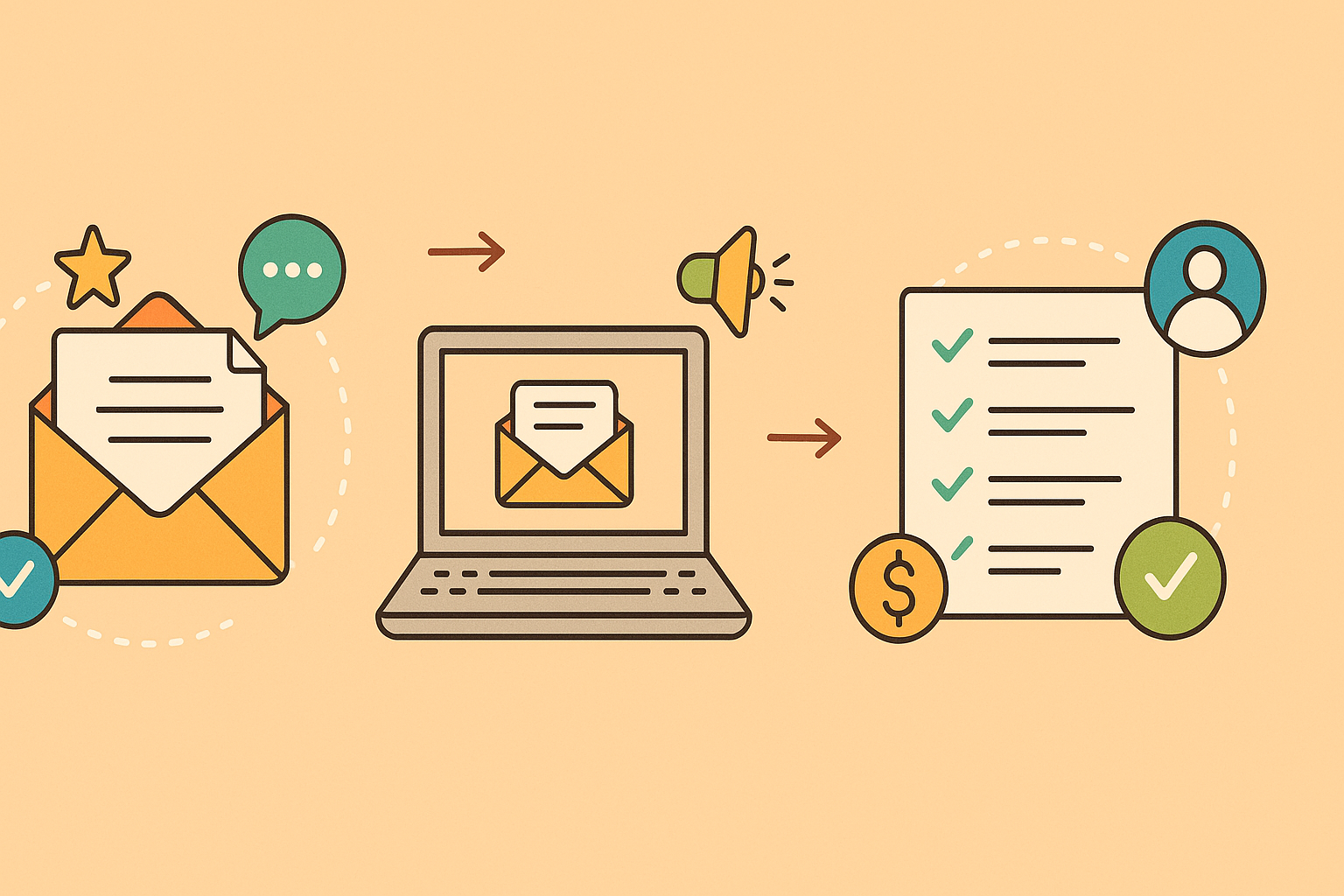If strategy is your why, segmentation is your who.
That single shift in thinking can transform your email marketing from generic to powerful.
At InboxParrot, we’ve seen time and again that brands who deeply understand their subscribers — and tailor emails accordingly — get higher open rates, better clicks, and stronger conversions. That’s the magic of segmentation.
In this article, you’ll learn the core types of email segmentation, see real-life examples, and discover how to unlock smarter segmentation through CRM integration.
🧩 What Is Segmentation (And Why Should You Care)?
Segmentation is the practice of splitting your email list into smaller, targeted groups based on shared characteristics or behavior.
Instead of sending one mass email to 100,000 people, you send five versions to five different segments — each speaking to a specific need, behavior, or context.
Why it matters:
- Relevance = higher engagement
- Precision = better ROI
- Personalization = stronger relationships
Segmentation is how you stop sending “blasts” and start sending conversations.
🗂️ The Four Essential Types of Segmentation
Here are the most important types of segmentation you should implement (or improve) right now:
Demographic Segmentation
These are basic user attributes like:
- Age
- Gender
- Job title
- Company size
- Industry
🧠 Use it to tailor content by persona. Example: Junior marketers get tips, executives get strategic insights.
Geographic Segmentation
Where your users live matters:
Country or region
Time zone
Language
- Country or region
- Time zone
- Language
- Urban vs. rural
🧠 Use it to localize campaigns. Example: Promote your Europe webinar only to users in the CET time zone.
Email Engagement
Look at how users interact with your emails:
- Opened or clicked recently?
- Ignored the last 5 messages?
- Active vs. dormant?
🧠 Use it to optimize frequency and content. Re-engage the quiet crowd. Reward the engaged.
Website & App Behavior
Track actions that signal intent:
- Visited pricing or product page
- Signed up for a webinar
- Abandoned cart
- Completed onboarding
🧠 Use it to guide the next step in the journey. Example: If they browsed but didn’t buy — nudge them with social proof or an offer.
🧪 Real Segments You Can Use Today
Here are plug-and-play examples to get you started:
- New Subscribers – Joined in the last 7 days
➤ Send a welcome series and education drip
- Highly Engaged Users – Opened/clicked last 3 emails
➤ Offer early access or invite to exclusive events
- Inactive Users – No opens in 60+ days
➤ Launch a win-back or break-up email flow
- Abandoned Checkout Visitors
➤ Trigger a reminder with urgency or discount
- Free vs. Paid Plan Users
➤ Upsell with value-based messaging for free tier
- Location-Based Segment – Users in Germany
➤ Send localized language, currency, and content
🤖 Better Segmentation Starts With Better CRM Integration
Here’s a hard truth: Segmentation is only as good as your data.
The more your CRM is integrated with your email sending software, the smarter and more personalized your segmentation can be.
If your tools are disconnected, you’ll be limited to surface-level filters. But if your CRM and email platform are fully connected, you unlock access to:
- Real-time user behavior
- Subscription tiers
- Funnel stage
- Purchase history
- Engagement scoring
✅ The Ideal Setup: All-in-One CRM + Email Platform
Some tools do this brilliantly, offering full integration between user data and email automation. Here are a few top picks:
- HubSpot – Enterprise-grade CRM with rich lifecycle segmentation
- ActiveCampaign – Powerful behavior-based automation
- Klaviyo – eCommerce favorite with Shopify sync
- CleverTap – Great for mobile-first apps and retention flows
- Braze – Best for cross-channel segmentation at scale
With these tools, you can segment based on:
- Last product used
- Subscription renewal status
- Feature adoption
- Event-based actions
- Even predictive scores (churn risk, purchase intent)
This makes it possible to deliver the right message, at the right moment, to the right person — every time.
🏁 Final Thoughts: Segmentation Is a Superpower
Think of segmentation as a magnifying glass for your marketing.
It helps you see who your audience really is, so you can speak directly to them — not just at them.
When done right, segmentation boosts:
✅ Relevance
✅ Engagement
✅ Conversions
✅ Retention
Start small (like segmenting by email activity), then expand into behavior-based flows powered by your CRM.
📌 Actionable Takeaways
- Don’t send the same email to everyone. Start segmenting by behavior and engagement.
- Integrate your CRM and email tools to unlock smarter, data-rich segmentation.
- Use real-world examples like engaged vs. dormant users, new signups, or regional targeting.
- Tools like HubSpot, Klaviyo, or CleverTap make advanced segmentation easier to execute at scale.
Remember: when you know your audience, your emails stop feeling like marketing—and start feeling like value.


